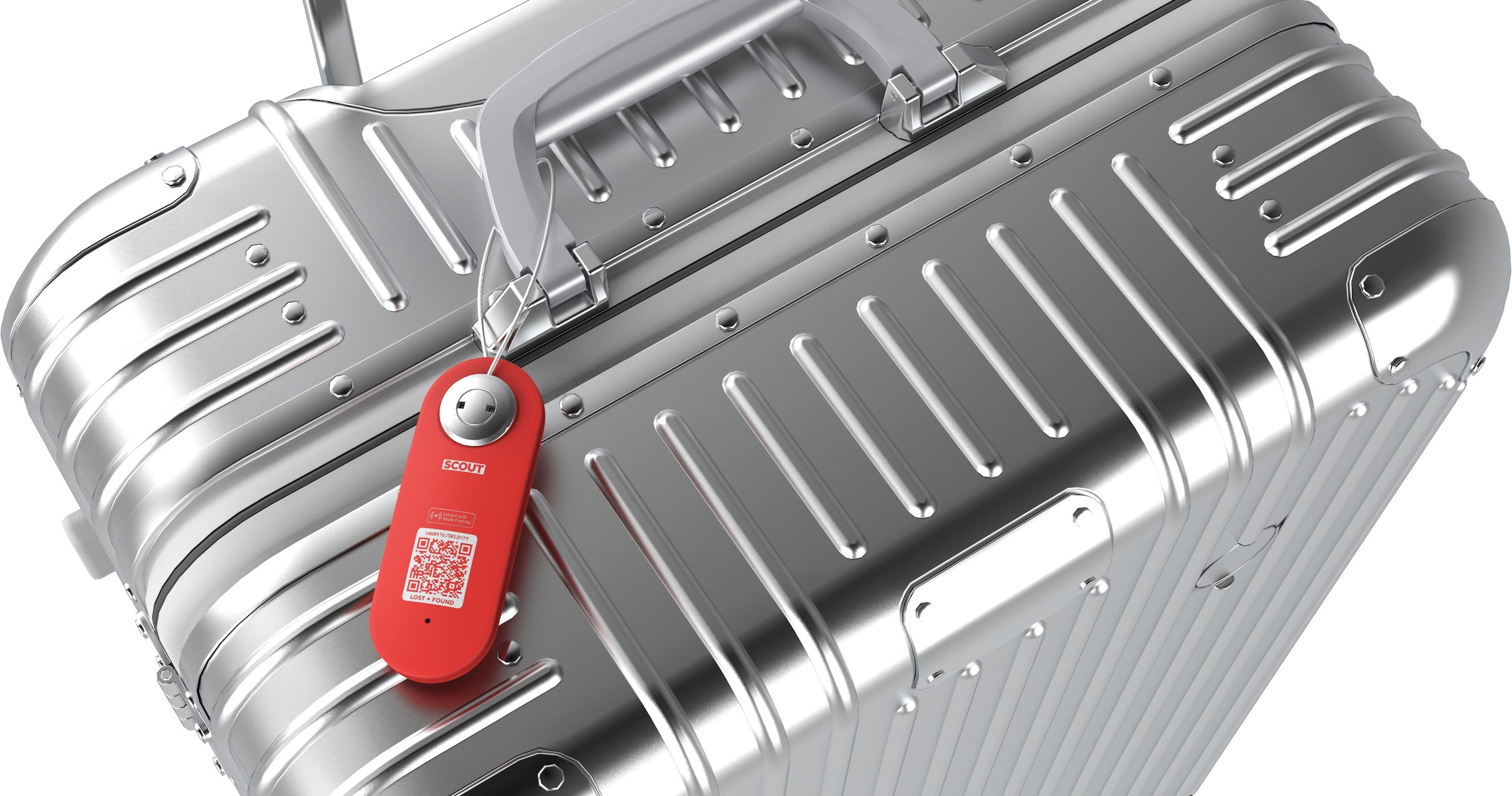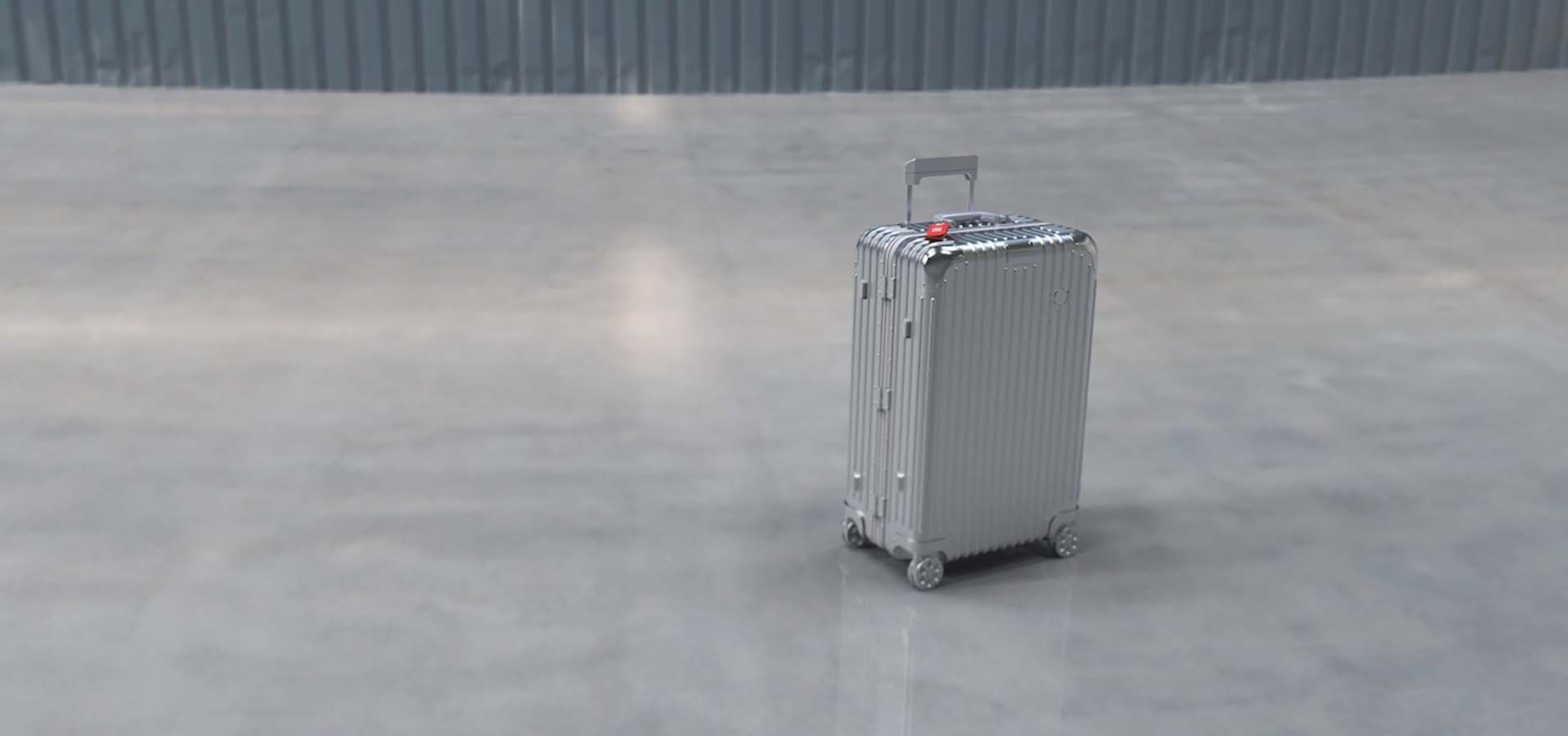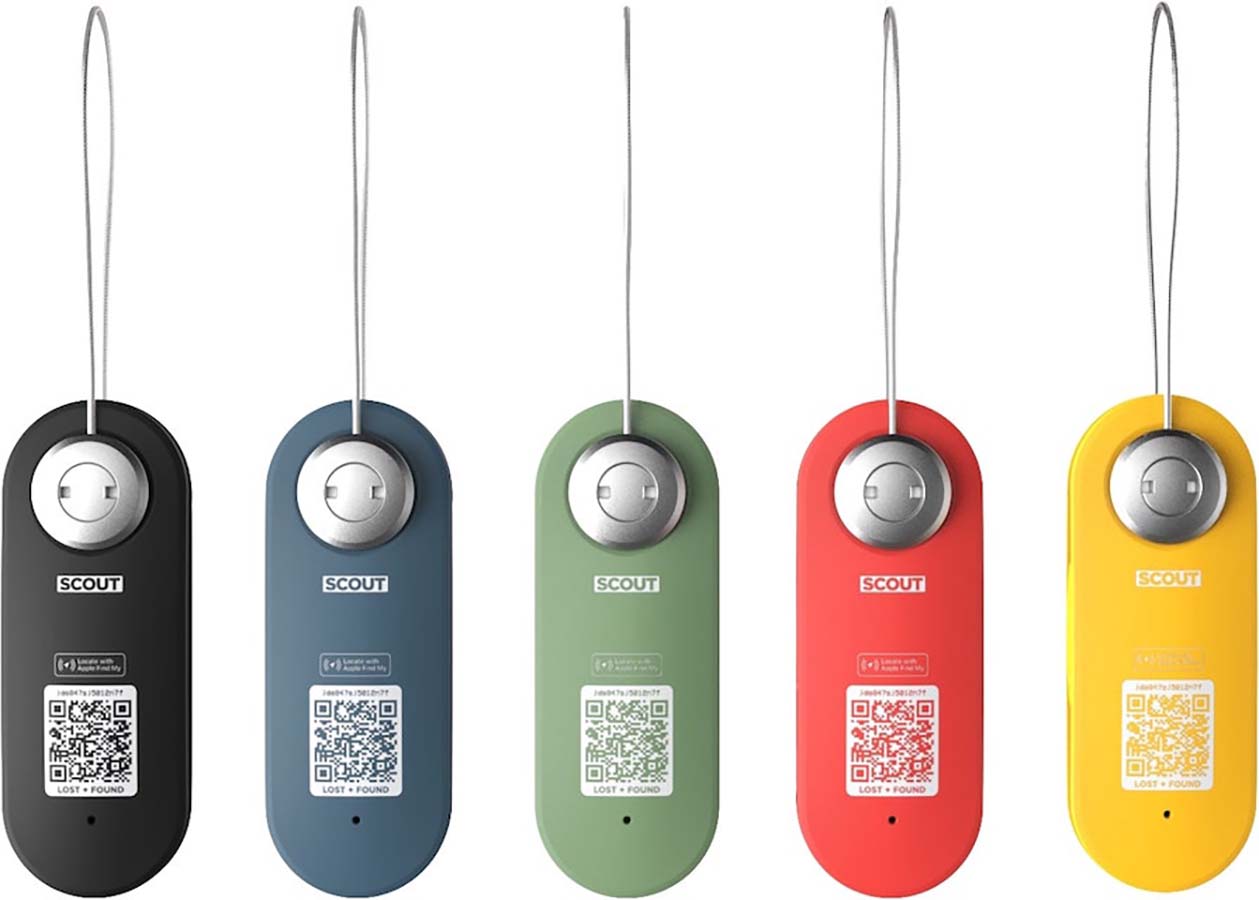All Knog products are designed following a robust and through design process.
With Scout Travel the process was slightly different to our normal design process due to the fact that Knog had previously developed a security device: Knog’s Scout Bike. Having already designed one security device meant that Knog’s designers understood some of the challenges that they would face and some of the technology they would have at their disposal.
As with all Knog product development the first step in the process was to look to see what is currently available in the market. Whilst the world has become aware of the development of tracing technology via Apple’s Airtags, what Knog were attempting to create had far more complexities since Knog wanted to develop a tracer vice that was purpose built for travel and that included a large range of functionality.
After a period of brainstorming, Knog’s design team started to analyse different solutions that they developed. One area that the team had to overcome design challenges was developing a metal security tether without it affecting the unit’s antenna, which was crucial to the functionality of the unit. Following rigorous field testing the Knog design team we able to overcome this particular design challenge by reworking the internal layout of the computer chips within the unit itself.
After the initial sample units were built, Knog went to great lengths to test the Scout Travel in real world scenarios. This testing involved a team of 5 testers using the Scout Travel units on their luggage during various international trips. Sos successful was this testing that Knog’s owner Hugo was able to tell a airline in Europe exactly where his luggage was in Frankfurt airport, which meant he was reunited with his luggage.





